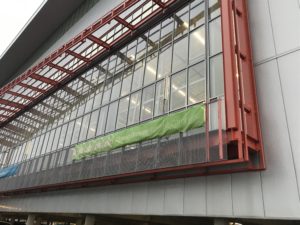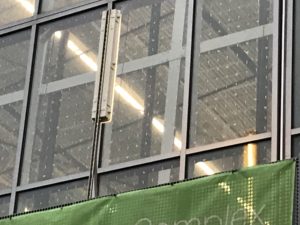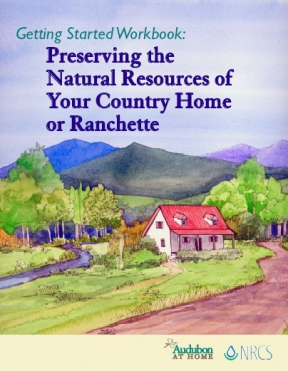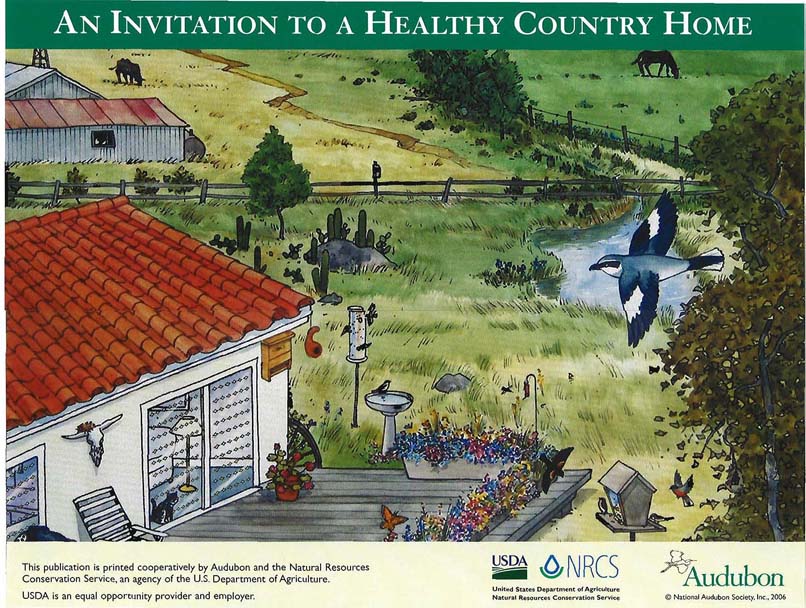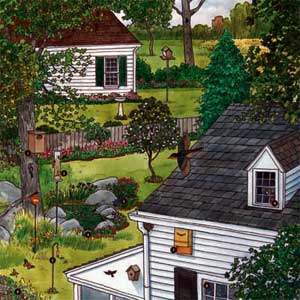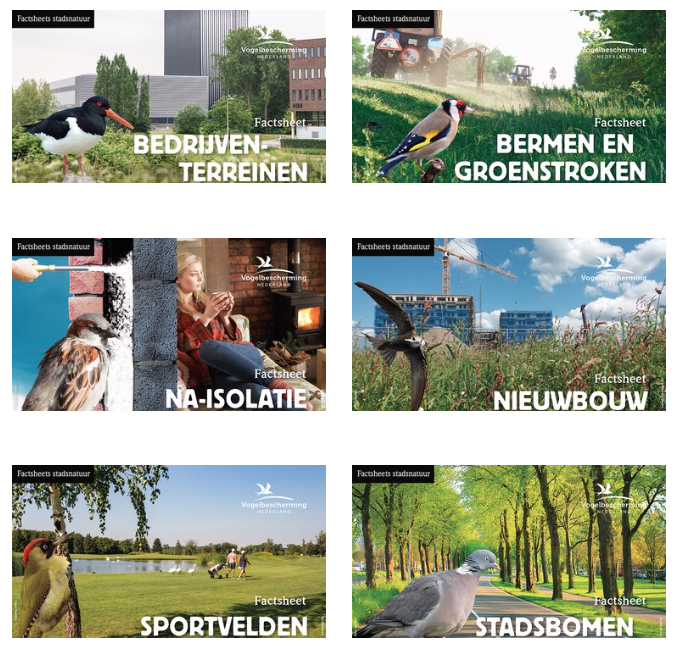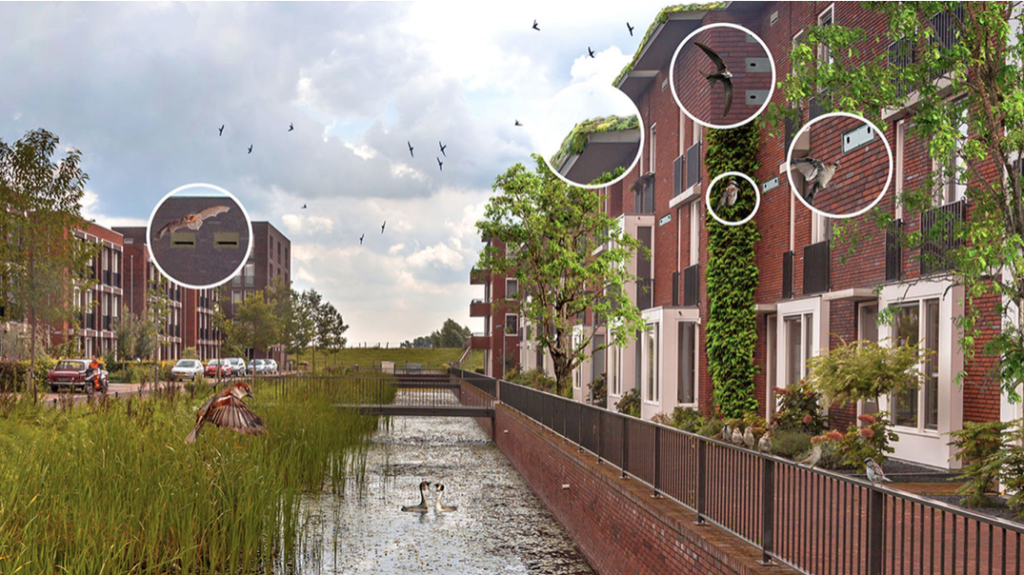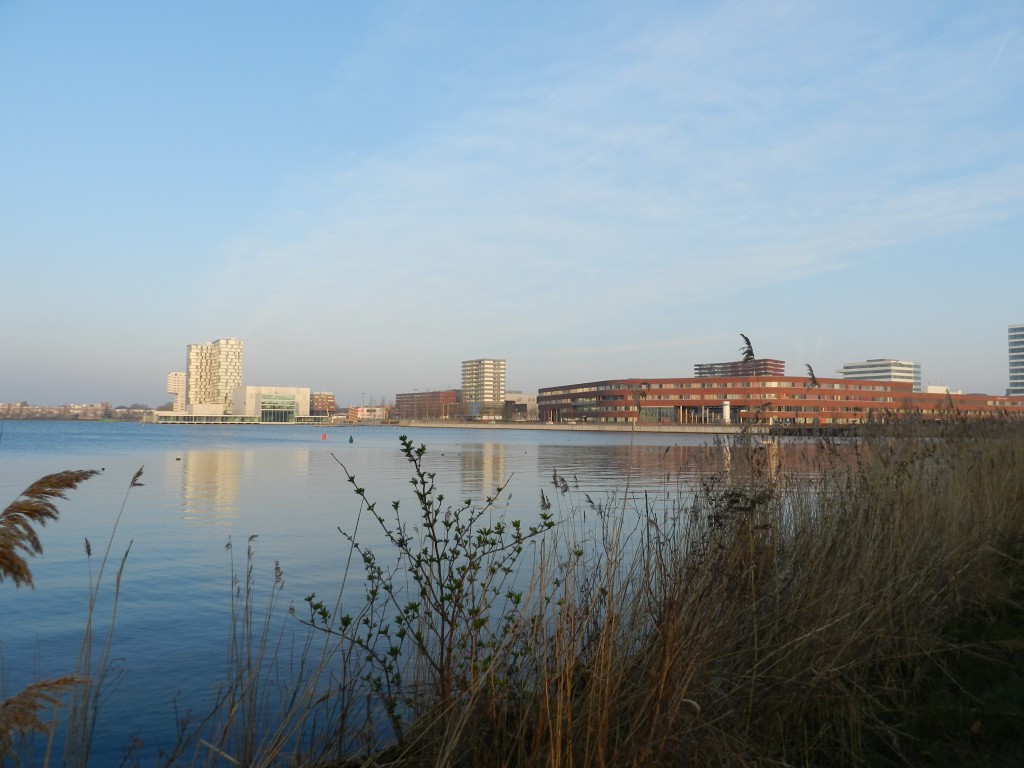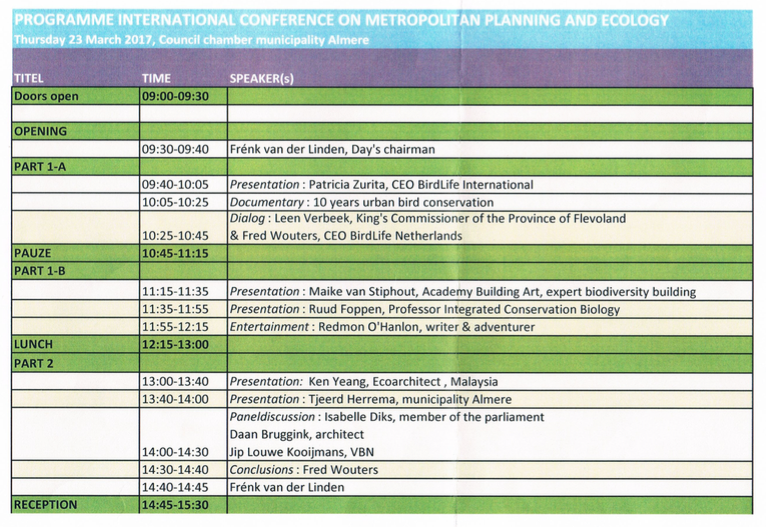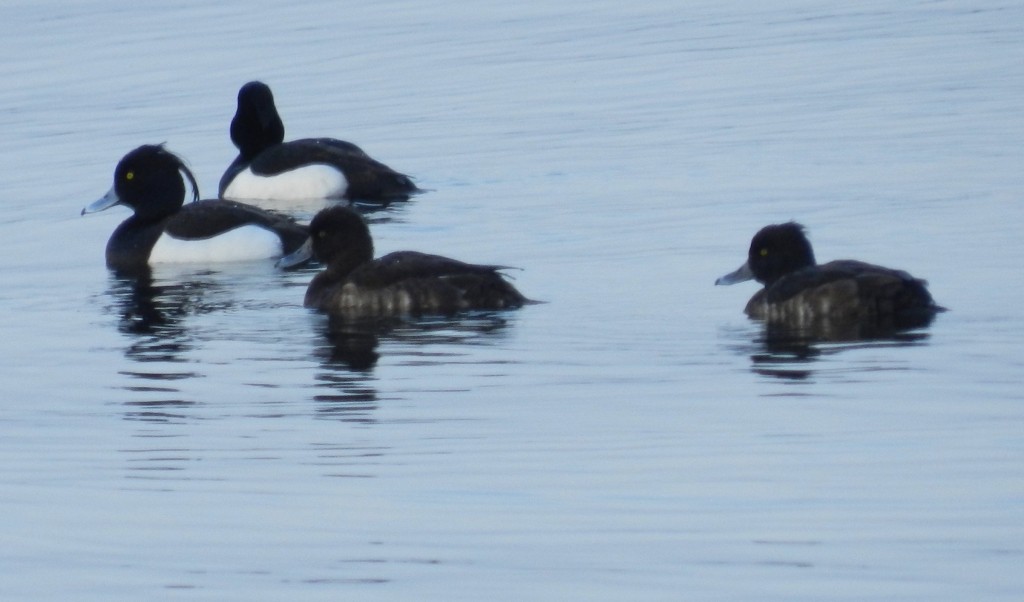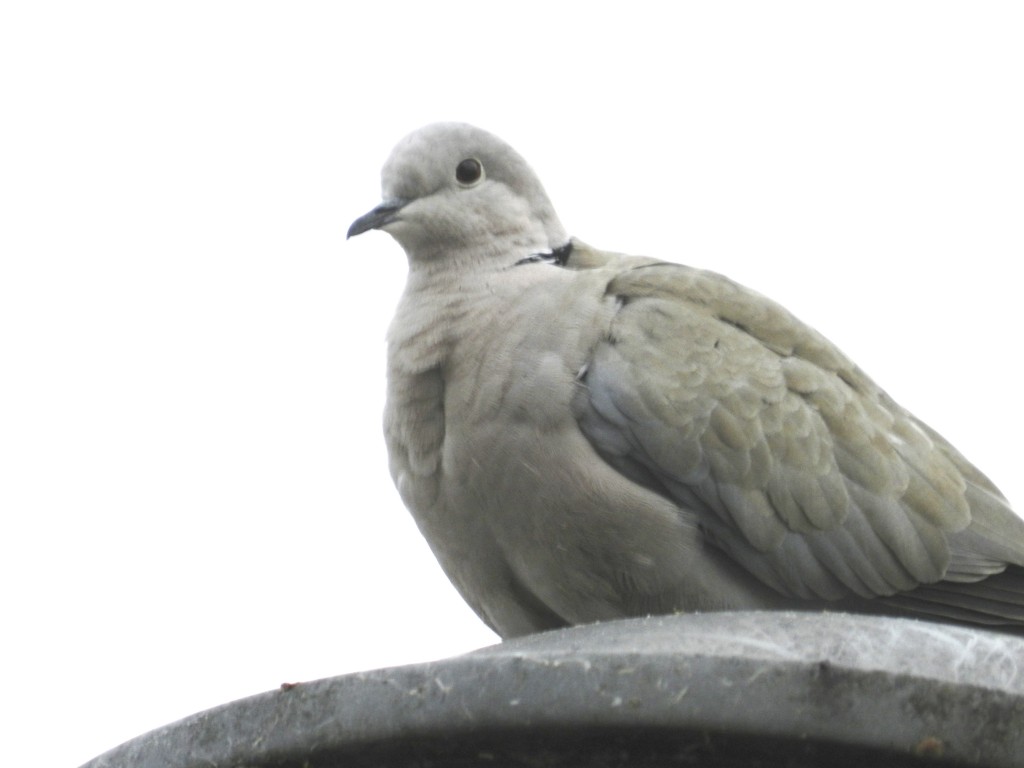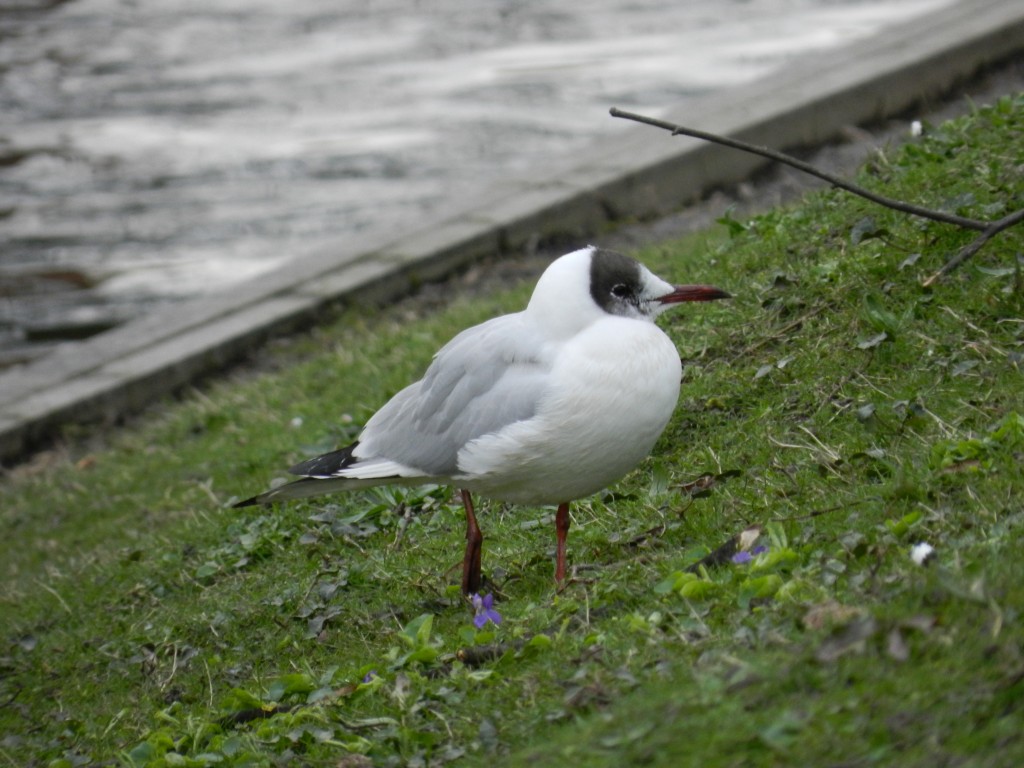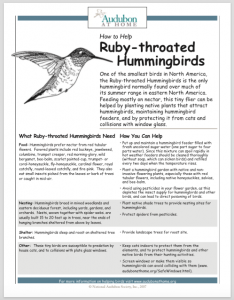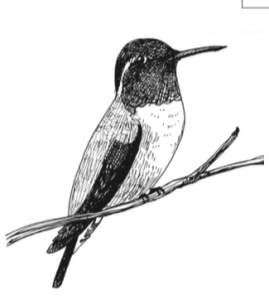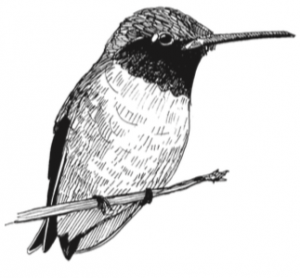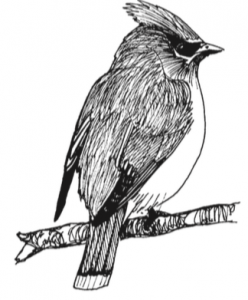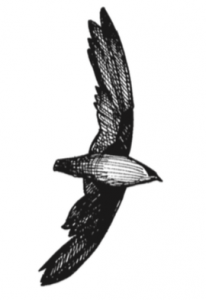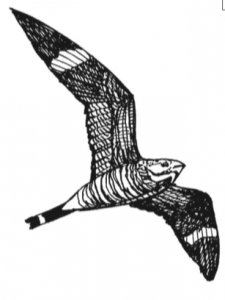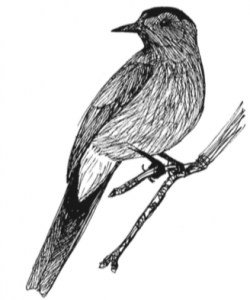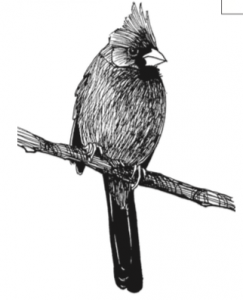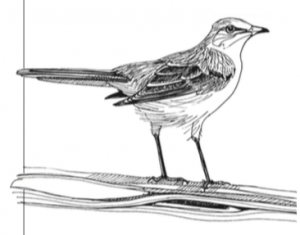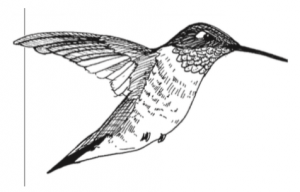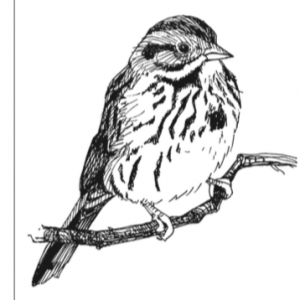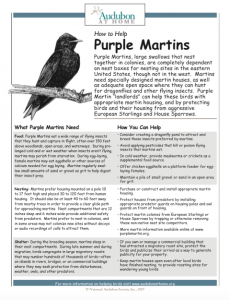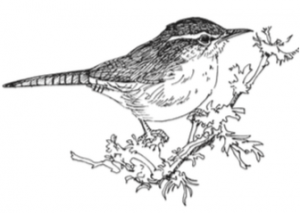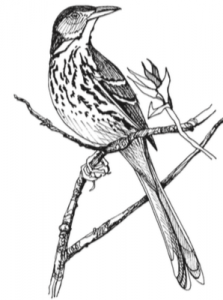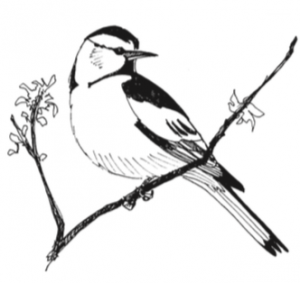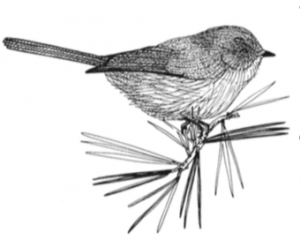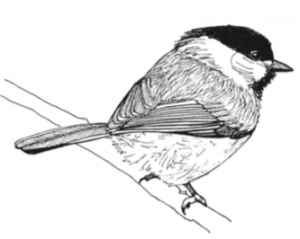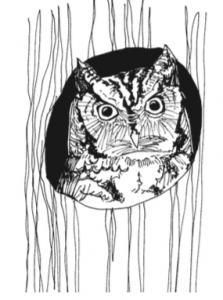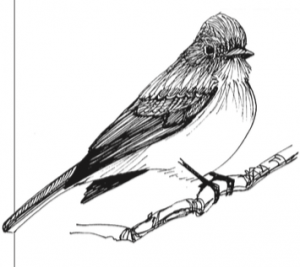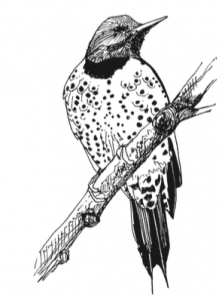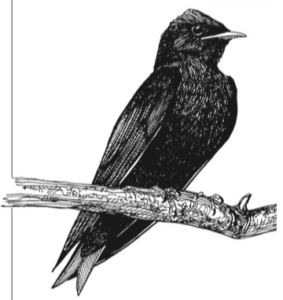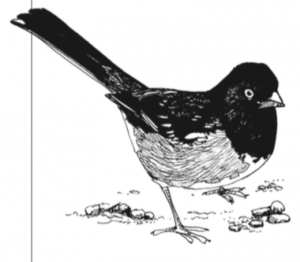Birdscaping is the art and science of creating habitat for birds. While the term is relatively new, building bird houses, putting up feeders, and planting trees and bushes for birds goes back hundreds, if not thousands, of years.
In 1972, Ruth Sawyer Billard coined the term “birdscaping” in a little book entitled Birdscaping Your Yard written for the Conneticut Department of Environmental Protection. The term “birdscaping” does not appear in the text itself, where the process of creating wildlife habitat in residential yards is termed wildlife gardening or landscaping. For the next twenty years, there is scant reference to birdscapes or birdscaping. While still uncommon, these terms have started to gain currency in the past few years.
Rodale Press published Birdscaping Your Garden by George Adams in 1994. This guide to creating bird gardens uses the term birdscaping frequently, and refers to created bird habitats as “birdscapes.” In 2000, the U.S. Fish and Wildlife Service and the Canadian Wildlife Service launched Birdscapes as their quarterly bird conservation magazine. Due to budget cuts, the magazine was discontinued in 2004, but past issues are still available online.
In the early 2000s, I published an Urban Birdscapes blog, dedicated to the conservation, preservation, and restoration of birds in North American cities. In the last few years, the term birdscapes has slowly taken off. A 2004 Google search turned up 835 websites using the term. In 2008, the same search brought up 21,700 hits, and a search today brings up 806,000 results.
Audubon Birdscapes was a resource I created when I worked at Audubon to help property owners create healthy yards and neighborhoods that are good for birds and people. Birds can thrive in our yards and communities, and with a little extra work, these areas can attract and harbor many more species. That was the vision of Audubon Birdscapes and Audubon At Home–a world where our yards and neighborhoods are more vibrant, healthier, and filled with native birds.
Over the past ten years, as the Google results pages show, the word has taken on additional meaning. The American Bird Conservancy defines its own BirdScapes program as dealing with large landscapes important to birds across the Americas. Miyoko Chu and the Cornell Lab of Ornithology published a great pop-up book entitled Birdscapes. Do your own Google search and you will find other uses of the term.
Here at Urban Birdscapes, we use the term to refer to urban, suburban, and exurban landscapes shared by birds and people–especially those that are managed for the benefit of birds. Birds are everywhere, and by recognizing our mutual dependence on the same landscapes, we can more mindfully create Urban Birdscapes that are good for both birds and people.
(This post based on a 2008 Audubon Birdscapes post no longer online, but available at the Wayback Machine Internet Archive (here).


